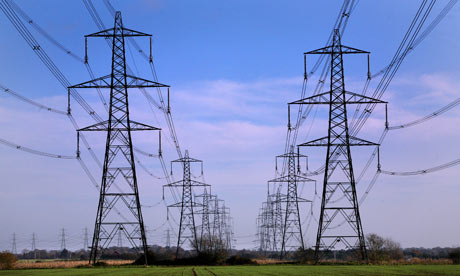Apologies - I got you muddled with RF!Which one do you mean?You seem to have somewhat "U-turned" in comparison with the view you are expressing in another threed about the general public's understanding (or lack of it) of volts, watts and kWh etc.
Kind Regards, John


